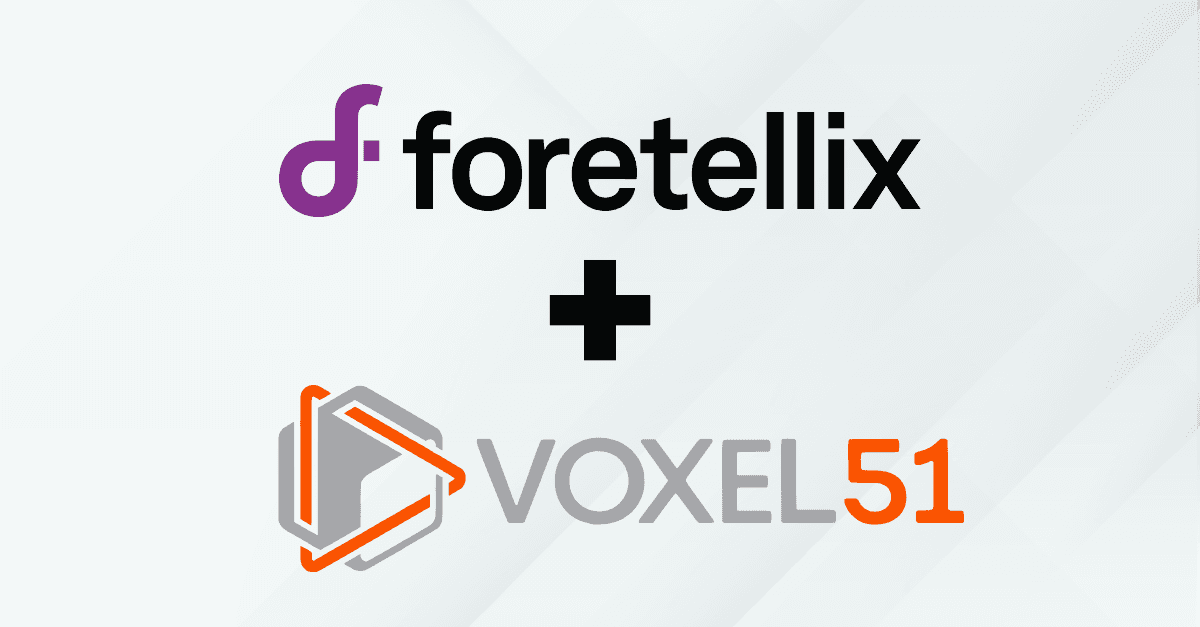
Michael Rubloff
Jun 19, 2025
Several weeks after the stable 1.0 release, NVIDIA has launched version 2.0 of the 3DGRUT Playground, introducing a host of new features centered on improved physically based rendering (PBR) support, and the beta release of USDZ export for integration into Omniverse Kit 107.3 and Isaac Sim 5.0.
The formal support of radiance fields into Omniverse has been something long requested. This marks another major milestone for NVIDIA’s ray-traced radiance field tools, bridging real-time experimentation with industry-standard simulation and rendering workflows. As a reminder, 3DGRUT is a repository that features both 3D Gaussian Ray Tracing, in addition to 3D Gaussian Unscented Transform.
USDZ Export for Omniverse and Isaac Sim
With this release, trained scenes can now be exported to a custom USDZ based format, enabling visualization inside Omniverse and Isaac Sim. The format extends the existing UsdVolVolume schema to support 3D Gaussians directly.
To export a trained scene, users can enable the export_usdz flag during training:
As exciting as this is, this is an early beta feature. While compatible with Isaac Sim 5.0, the underlying schema and workflow may evolve in future releases. However, for me the most compelling part of the release is in the following code that brings ply to USDZ conversion for Gaussian Splatting.
This functionality opens up the possibility of bringing splatting-based assets into real-time simulation tools without retraining from scratch.
As part of the recent updates, the NVIDIA team has also released V2.0 version of the Playground. It introduces support for Physically Based Rendering (PBR) materials and associated rendering features that improve visual realism and consistency with production pipelines.
Key updates include:
Cook-Torrance Shading: Physically accurate reflection/refraction models, including BRDF and BTDF support in the path tracer
Environment Maps (Envmaps): Global illumination using HDR-based lighting
HDR Intensity Scaling: Align HDR brightness with Gaussian spherical harmonics
Tonemapping: Post-processing adjustments to match real-world light response
Material Menu Enhancements: Better control over PBR textures and attenuation
These updates significantly enhance the fidelity of Gaussian and mesh interactions, especially in scenes with transmissive materials or complex reflectance behavior.
Over the first half of this year, we have continued to see an elevated presence from NVIDIA surrounding the various radiance field representations. This release continues to position 3DGRT and 3DGUT not just as research tools, but as components in modern rendering and robotics workflows.
As with previous releases, all updates are licensed under Apache 2.0, making them freely available for both research and commercial use. You can explore the updated codebase and release notes on the official NVIDIA GitHub repository.







